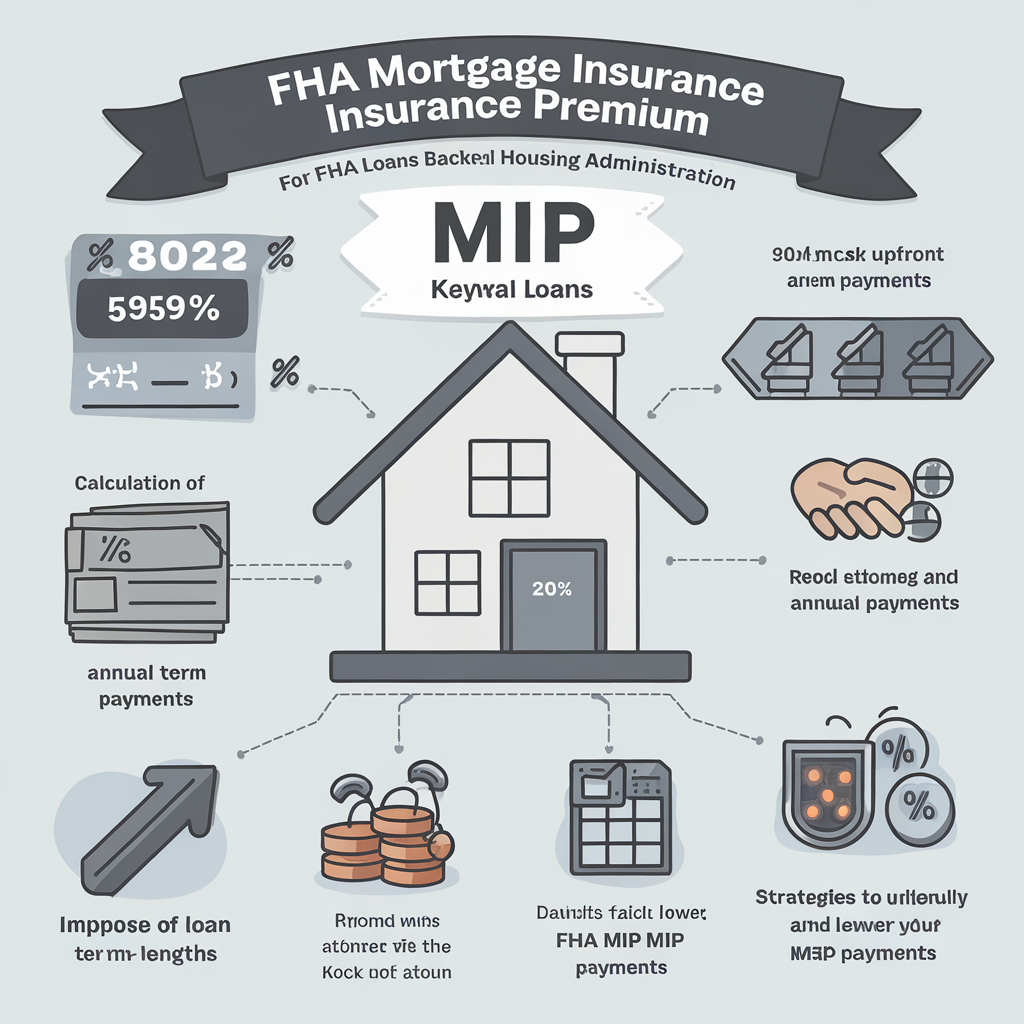Mastering Your Financial Future: A Comprehensive Guide
Long-term financial goals, such as retirement and homeownership, are incredibly important. However, working toward these objectives doesn’t mean you have to neglect your short-term financial needs or even wants. Balancing long-term planning with your current needs and lifestyle can be challenging, but these three steps can help you determine the best path forward.
Figure Out What’s Most Important to You
Take some time to think about what you want to accomplish with your financial plan, both in the short and long term. This can include both standard financial planning milestones and lifestyle preferences. Potential things to consider may include:
- Retirement: Use an online retirement calculator or work with a financial advisor to get an idea of what you want your retirement to look like and how much you’ll need to save to realize that goal.
- Education: If you have children, you may want to set aside some money to help them pay for college when they reach that age.
- Homeownership: If you don’t already own a home, you may want to work toward homeownership by saving up for a down payment.
- Debt repayment: Look at your current debt situation and think about how you want it to look over time. Also, consider how paying off some of your debts can open up more cash flow for other financial objectives.
- Emergency savings: Know where you stand with your emergency fund and consider whether it’s enough to give you the peace of mind you need to prioritize other goals.
- Lifestyle preferences: Consider your living situation, social life, hobbies, and belongings and what you want your lifestyle to look like.
As you list out your different financial goals, prioritize them based on what’s most important to you. For example, you may be willing to put lifestyle wants on hold while you aggressively pay down debt and bolster your emergency savings. Alternatively, you may not feel the need to save for your children’s education or to buy a home. There are no right or wrong answers, so focus on your own preferences. Also, consider which parts of your goals and lifestyle are non-negotiable if you need to cut back at some point.
Let Your Goals Guide Your Budget
Once you’ve determined your priorities, it’s important to create a budget to account for everything. Start by reviewing your income and expenses over the last few months and categorize each expense to get a full picture of where your money is going. With that framework in mind, you can develop a model budget based on how you want to spend and save your money.
Your budget should include the following:
- Basic necessities: These are things like rent, a mortgage payment, minimum debt payments, groceries, utilities, and other basic expenses. While some of your basic necessities may be fixed, others can be adjusted based on your priorities.
- Short-term savings goals: This will include your emergency fund, a vacation fund, a health savings account, and other short-term financial goals that are important to you.
- Long-term financial goals: These goals may include retirement, education savings, a home down payment fund, debt repayment, and other financial goals that may take longer to achieve.
- Discretionary spending: This will include your lifestyle expenses, including eating out, entertainment, a gym membership, household items, clothing, fun activities, and more.
Keep in mind that it’ll be difficult to create a perfect budget from the start. Do your best to align your budget goals with your financial goals, then track your spending and savings over time to hone your process. Over time, you’ll have a better idea of what works for you and what doesn’t, and it’s crucial to make adjustments along the way.
Pay Yourself First
Whether or not you’re a saver by nature, automating your savings can help you avoid letting your spending get out of hand. If you only save what you have left over at the end of the month, you may never have enough to save toward your goals.
Retirement saving can be easy to automate, especially if your employer offers a retirement plan—contributions will come directly out of your paycheck. But you can also set up automatic monthly contributions to an individual retirement account.
You can also set up automatic transfers from your checking account to a savings account for your emergency fund, a down payment, a vacation, a large purchase, and other goals. In fact, you may even consider setting up multiple savings accounts to track your progress for each individual goal.
Building Your Credit Can Free up More Cash for Your Financial Goals and Needs
From time to time, you may choose to borrow money to achieve certain financial goals, such as buying a house or a car or consolidating high-interest debt. To improve your odds of qualifying for low interest rates, it’s critical that you take the time to build and maintain a good credit score.
Start by checking your credit score and reviewing your credit report to gauge your current situation and pinpoint areas you can improve. Depending on your credit history, actions you can take may include things like paying down credit card debt, catching up on past-due payments, or exercising your right to dispute inaccurate information. Focus on what you find in your credit report to determine the best steps to improve your credit over time.
At O1ne Mortgage, we understand the importance of balancing your financial goals with your current needs. Whether you’re looking to buy a home, refinance your mortgage, or consolidate debt, our team of experts is here to help. Call us today at 213-732-3074 to discuss your mortgage needs and take the first step toward achieving your financial goals.

